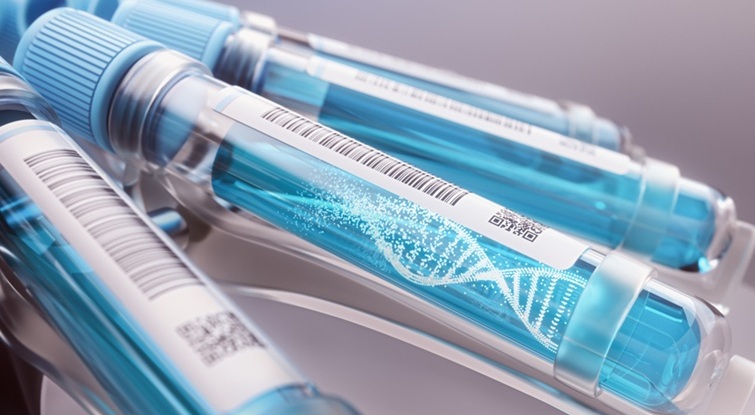Microarray Platform Demonstrates High Performance and Cost Effectiveness
By Labmedica staff writers
Posted on 01 Apr 2008
An objective comparison of tiling microarray array platforms using engineered DNA targets demonstrated their high performance and cost effectiveness.Posted on 01 Apr 2008
The study organized by members of the Encyclopedia of DNA Elements consortium (ENCODE; Bethesda, MD, USA) at the University of North Carolina at Chapel Hill (Chapel Hill, NC, USA), the Dana-Farber Cancer Institute (Boston, MA, USA), and Stanford University (Stanford, CA, USA) evaluated DNA microarrays from Agilent (Santa Clara, CA, USA), Affymetrix (Santa Clara, CA, USA), and Nimblegen (Madison, WI, USA), which were used in seven independent laboratories.
The composition of the spike-in DNA in this study was engineered to mimic chromatin immunoprecipitation (ChIP) or copy-number amplification experiments across a wide dynamic range. To ensure a fair evaluation, the composition was not disclosed to participants. This made it possible to quantitatively evaluate each platform's sensitivity and specificity of detecting and quantifying a predefined standard without bias.
Platforms were compared using their highest possible tiling density. In evaluating results from comparable algorithms, Agilent consistently achieved the highest or equivalent scores, but did so with fewer probes, half as many replicates, and less sample DNA than either of the other platforms.
The study found that longer oligonucleotide (60-nt) microarrays, such as Agilent's, were more sensitive at detecting very low enrichment or copy number. Additionally, Agilent demonstrated the highest levels of sensitivity and specificity per probe, in some cases by orders of magnitude, over a range of simulated tiling densities.
"Agilent proved to be the most cost-effective of the long-oligo platforms over a wide range of tiling densities relevant to not only ChIP-on-chip assays but also to aCGH [array comparative genomic hybridization],” said Yvonne Linney, Ph.D., VP and general manager of Agilent's Genomics business. "The cost advantage is the result of our superior probe performance, which is due to the high quality of our SurePrint in situ oligonucleotide synthesis combined with our robust probe design algorithms. The bottom line is that the increased performance of Agilent's probes makes it possible to get more data with fewer features.”
The study was published in the journal Genome Research in March 2008.
Related Links:
Encyclopedia of DNA Elements consortium
University of North Carolina
Dana-Farber Cancer Institute













